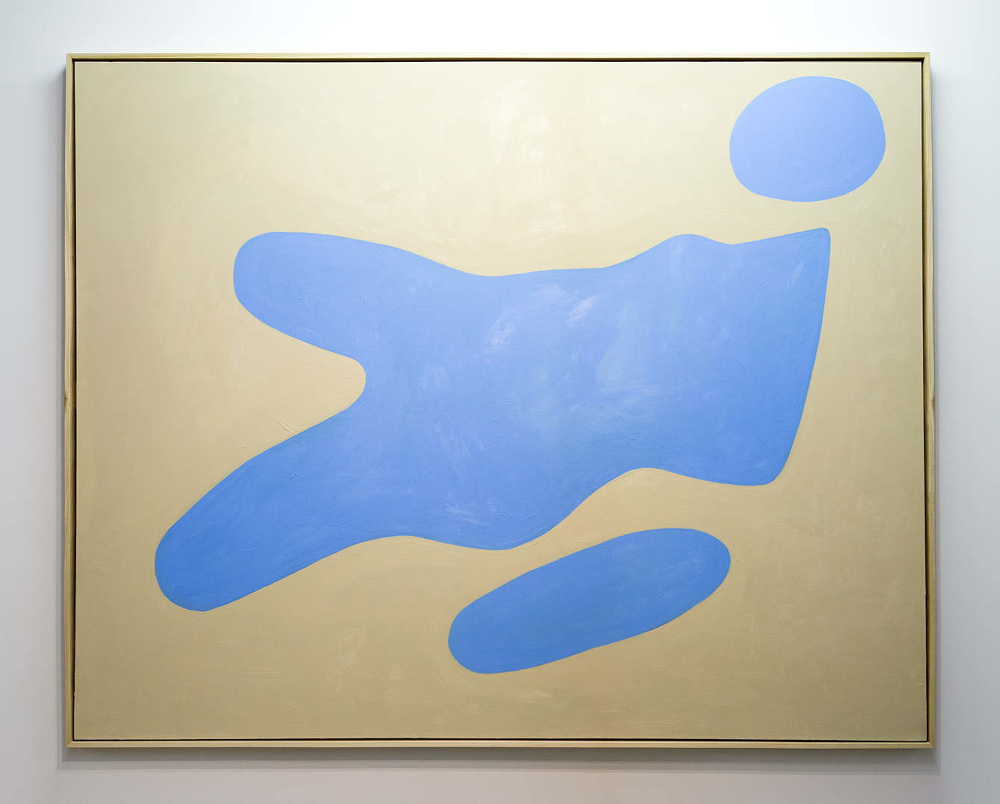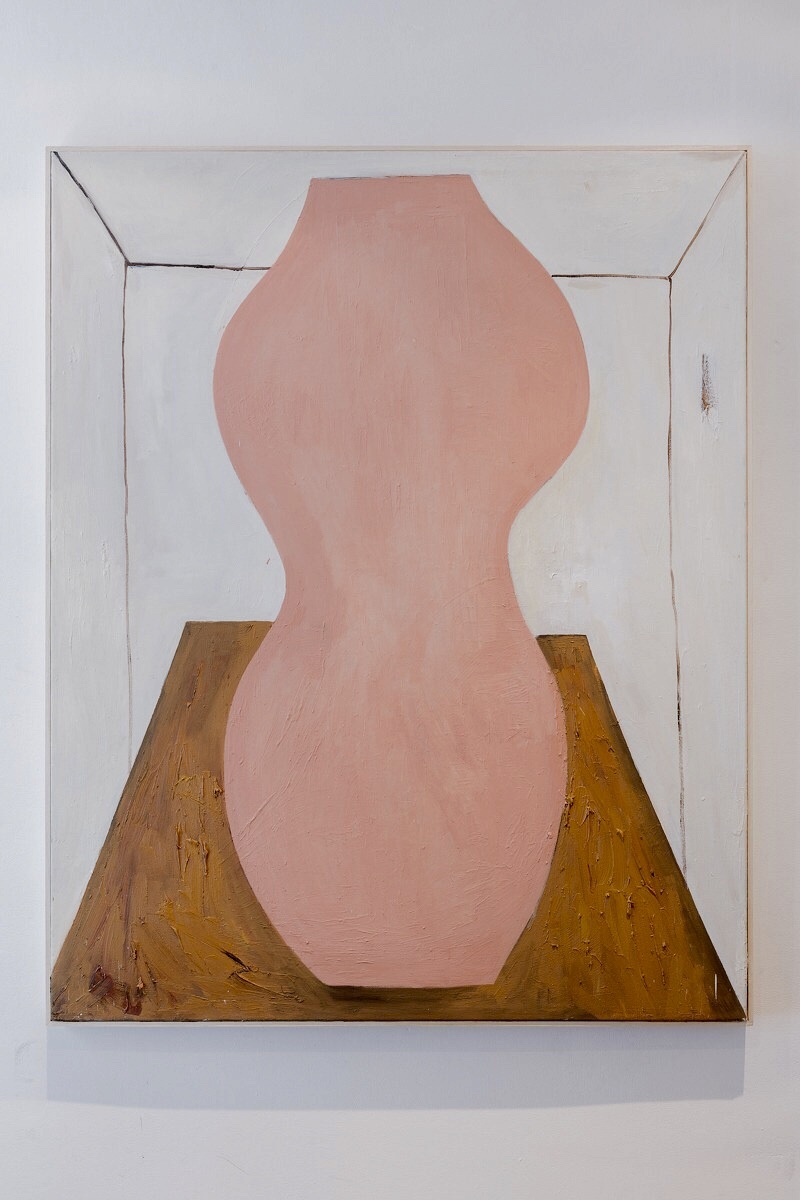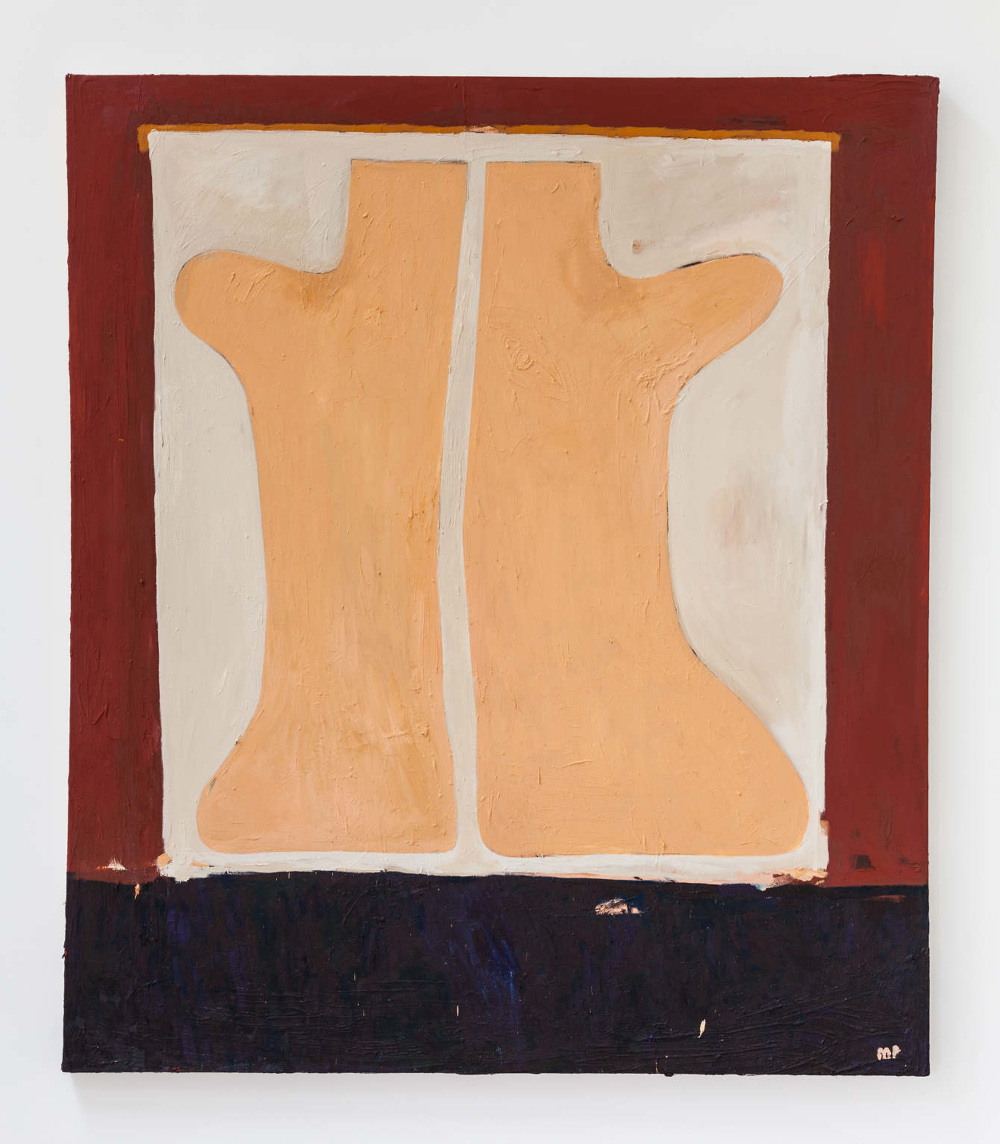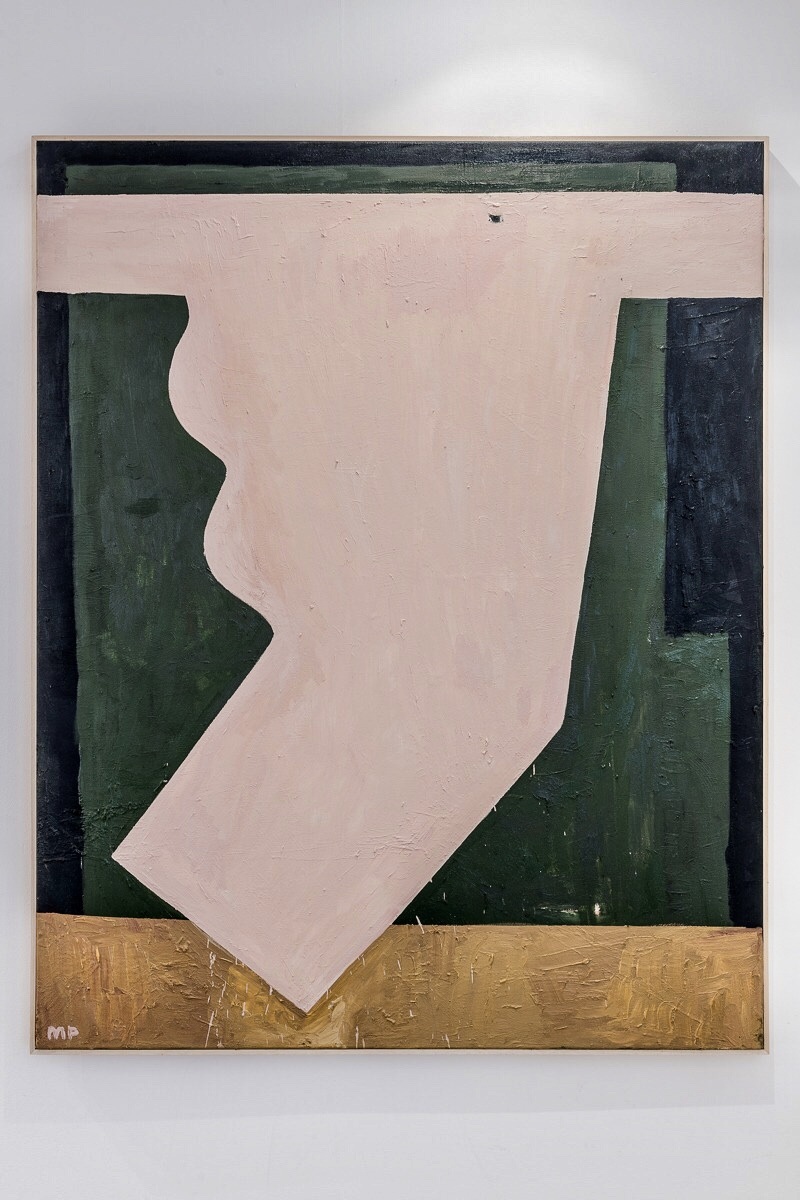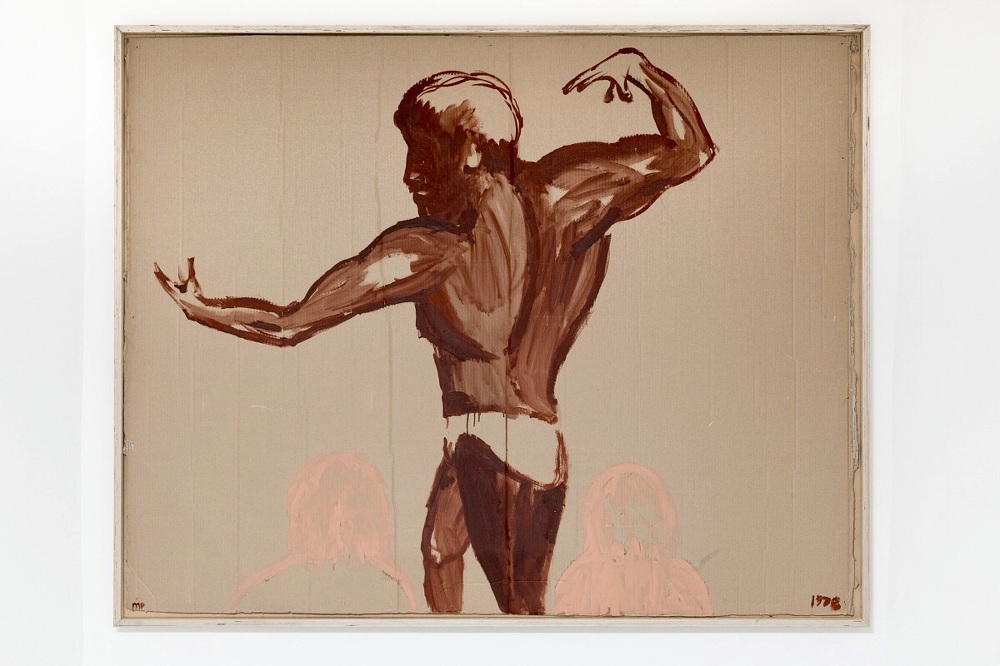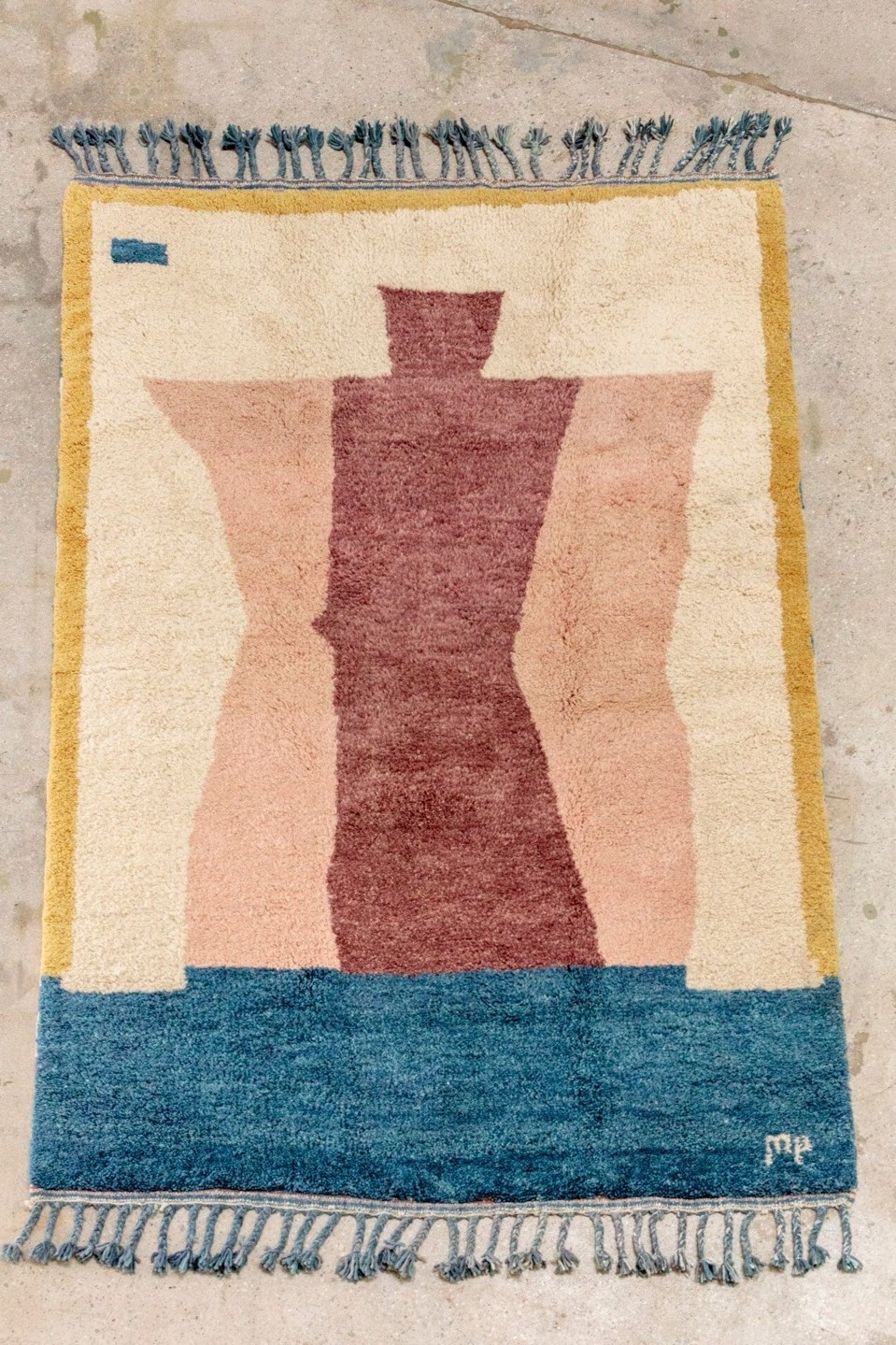The abstraction as a form of exploration and rediscovery. A style that deals with human experiences, seduces and fascinates the visitor. In Mattea Perrotta’s canvases female forms transmute into subtle geometrical arrangements, the warm and rich colours remind of personal issues such as unconscious, body and sexual desire.
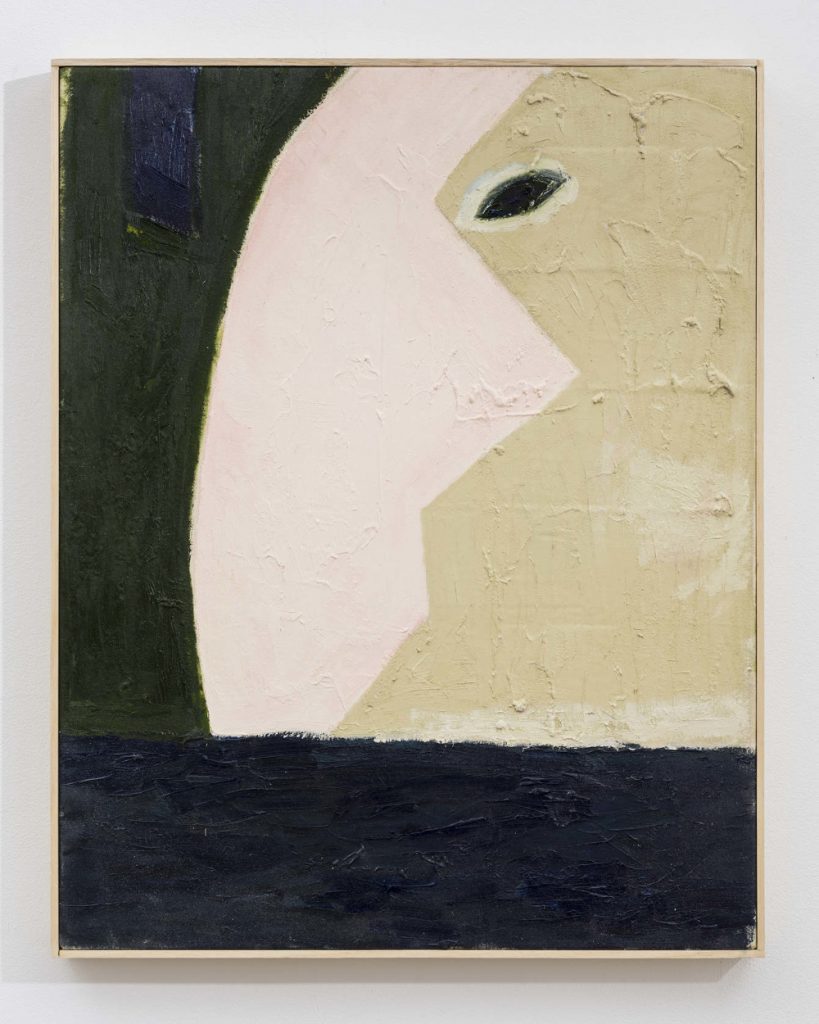
Making use of a minimal expressiveness, the works of this painter who lives and works in Los Angeles is concerned with the concept of individual and universal harmony. Her painting technique draws inspiration from design, architecture and specifically from Bauhaus, and reflects her many travels and the interactions she has had with women in her life. These influences mainly focus on the portraiture practice and blend into geometric shapes, mild hues and suggestive abstractions of female bodies. In her portraits, or rather self-portraits, the artist explores and especially faces the duality of her feminine and masculine side, trying to find a constant balance.
In her first collection, Portrait of a Nude Woman, shapes are simplified and transfigured into slight compositions with blue and nude colors. The irregular masculine structures are combined with soft and biomorphic femminine configurations. Here Perrotta brings out the fascination for contrast and duality, emphasizing that valuable, essential vulnerability that only women can give to art.
In her most recent collection, Psychology of a Visual Pleasure, Perrotta plays with a palette of flesh-colored tones, earth tones and primary colors in order to create unique perspectives and deepen the relationship between form and space. Her many layers of paint shape harsh, sharp, almost grotesque forms.
This work is inspired by the essay Visual Pleasure and Narrative Cinema (1975) by feminist writer Laura Mulvey on the male gaze and the depiction of women in films. The artist uses this feminism theme as a means to try out her work, dealing with the role of woman in art and society. Through this analysis she actually demonstrates how, today more than ever, women have regained the power to control their gaze and re-create their own image. And maybe all of this is due to social media and new media tools.
Her latest cardboard studies sketch out her father as a body builder to examine a masculine human body seen through a feminine gaze.
Her creation includes vessels and rugs created in Morocco which recall colours of far-flung places and convey the need for social involvement.
Perrotta’s abstract style minimizes any kind of objectivity, but at the same time it celebrates the spiritual awareness of femininity by portraying the beauty of duality through the power of vulnerability.
www.matteaperrotta.com
https://www.instagram.com/matteaperrotta/?hl=it
